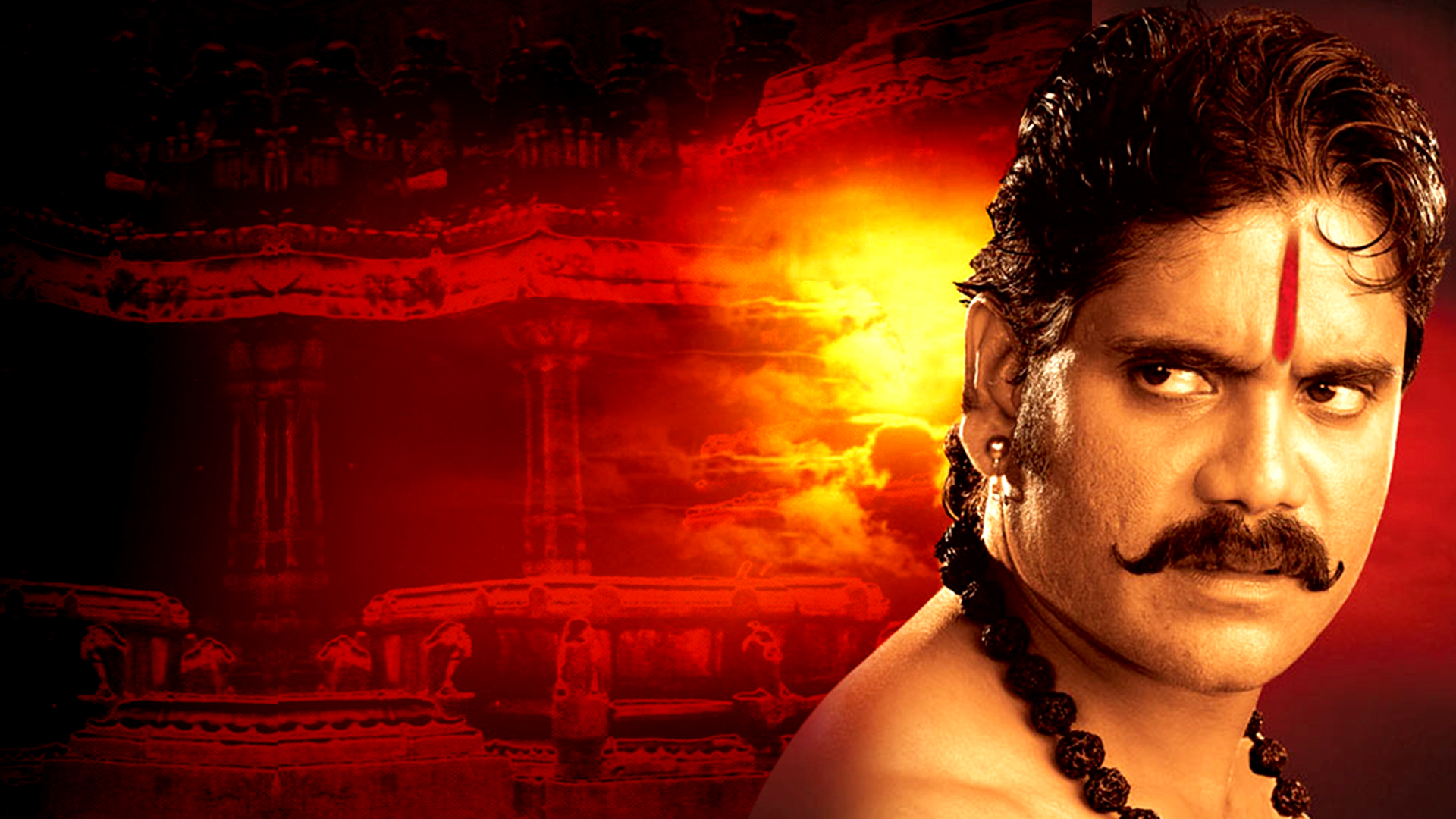“Film has always been part of my life right from my college days in the United States even though I ventured into theatre which I thought was a easier medium to handle especially since producing plays didn’t cost as much as movies did.” says Arjun Sajnani director of Agni Varsha. Sajnani graduated from the University of the South, Sewanee, Tennessee, USA with honours in English Literature and drama in 1967 before returning to India in the 1970s and becoming Founder-Director of Theatre Arts, one of India’s best-known English theatre companies. His productions for Theatre Arts include Giraudoux’s La Guerre de Troie n’aura pas lieu (Christopher Fry translation), Sheridan’s The Rivals, Brecht’s The Good Woman of Schezuan, Shaffer’s Amadeus, David Hwang’s M Butterfly and the musicals A Day in Hollywood/A Night in the Ukraine, She Loves Me and Kiss of the Spider Woman besides of course Girish Karnad’s The Fire and the Rain. However, film has never been alien to him as he has always been an avid film buff and have even done a one year course in Film production at New York University, he reiterates.
“It was the script of The Fire and the Rain that was most inspiring,” says Sajnani. “It is something I found extremely powerful, contemporary in approach yet set in the Vedic times and is a prime example of Indian thinking and Indian cultural ethics. Having staged the play successfully, I thought it deserved to seen on a much wider scale and by more and more people. Hence the decision to make it into a film. Girish Karnad was approached to do the screenplay but he refused and so I decided to take the risk and develop it myself with great help from T Jayshree and my cinematographer Anil Mehta,” says Sajnani. “While the medium of cinema lent itself to opening up the play, we have done so but only where absolutely necessary says Sajnani so as not to take away from the original spirit of Karnad’s play which is a very intimate theatre piece. While we have played with the structure a bit, the main events occur in the same chronological events in the film as they do in the play. But this does not mean that we placed visual or so called cinematic restrictions on ourselves. The film retains the intimacy of the play, in the sense that many scenes are played out between two or three people, just like it was in the play. However when the script permits, there are scenes with hundreds of extras as well making prime use of the locales of Hampi in Karnataka!”
“Initially when I wanted to make the film, I was planning to raise the money about two and a half crore rupees, from a bunch of people – friends and acquaintances in Bangalore says Sajnani. And I didn’t really take the financiers in Mumbai seriously. But then Ravina Raj Kohli of Channel 9 showed interest in the project and even though on September 16, 2000 I got an initial affirmation from her, thinks came to a halt when Channel 9 shut down. That’s where iDream Prodcutions (the distributors of Mira Nair’s Monsoon Wedding) came into the picture.”
“The script lent itself to a star cast and fortunately for me, the actors were most accessible to meet. I did have to brush up on my narration skills as right from Channel 9 to each actor that I approached had to be narrated the script rather than reading the script themselves,” recalls Sajnani. “Only Sonali Kulkarni did not require a narration as she had already seen the play and knew what it was all about. I gave Jackie Shroff a narration at 3 am in the morning and he said yes immediately on hearing the story! And I used my personal contact with Mr. Bachchan,” goes on Sajnani. “I have known him since college days where we did theatre together and admittedly I did cash in on that. But then I could think of no one else for the role of Lord Indra – it had to be someone who is tall with a striking personality and a booming voice and who else better than him! Incidentally I played the same role as he did on the stage,” mentions Sajnani. “By now, of course with the huge star cast the film boasted of, the budget of the film had inflated but it is still extremely modest by Bollywood standards,” maintains Arjun.
Agni Varsha was shot in a 62 day by and large start to finish schedule in Hampi, Karnataka. “We made use of both existing locales and erected sets like the elaborate Yagna Mandap wherever necessary,” says Sajnani. “Fortunately shooting went on extremely smoothly with the actors most cooperative. As regards the technical inputs of the film regarding shot breakdowns, selection of camera angles and deciding on cutting points, Anil Mehta my cinematographer was a great, great help. We would do the shot breakdown together the night before shooting,” says Sajnani. “The film has the elements of popular mainstream Indian cinema as we too have made use of songs and dances so essential to Indian cinema. Films have to be seen by people but surely they can be offered sensible entertainment within the same commercial format and that is what we have tried to do with Agni Varsha,” says Sajnani.
At present Arjun is busy with the final mixing of Agni Varsha. The film would be finally completed by the end of December. The aim is thereafter to expose the film on the international festival circuit as well a full fledged theatrical release internationally as well as all over India.


